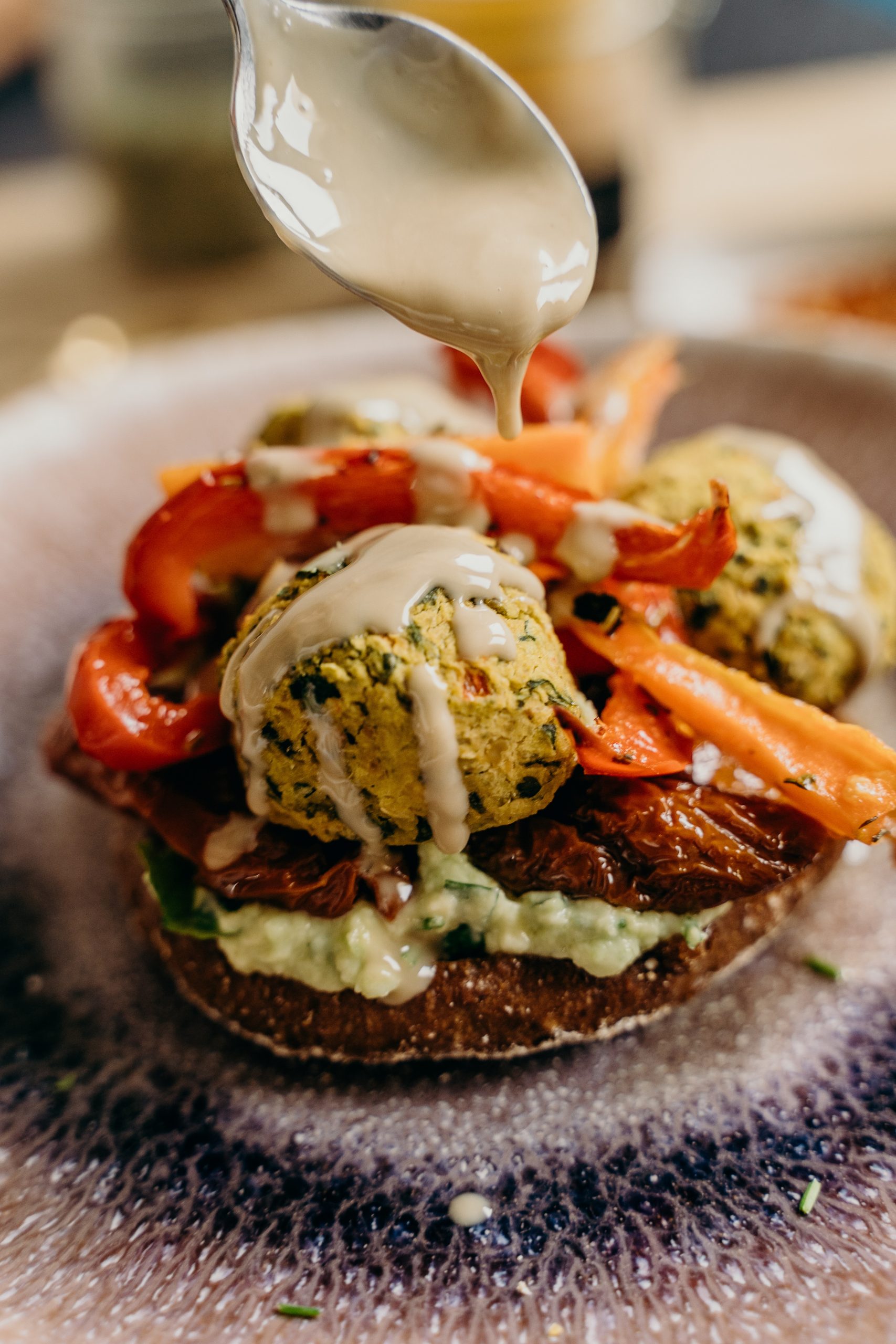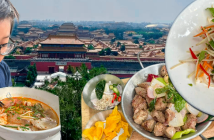Plant-based meat, artificial meat, vegan meat, meat substitutes…whatever fancy name people want to call it, there’s little doubt that it’s sweeping much of the world. The name plant-based meat is probably most suitable, as it reflects the source of protein and explains some of its characteristics. At any rate, since plant-based meat is becoming increasingly popular around the globe, as an avowed foodie I figured it was high time I try it for myself!
My first experience with plant-based meat came while traveling in Hong Kong. After a full day of activities, I was exhausted and my stomach yearned for some food, so I opted for a burger restaurant right next to the hotel. Initially, I intended to play it safe and order a classic beef cheeseburger. But then I saw the huge poster placed beside the cashier bearing a photo of a delicious-looking burger and a phrase I’ve heard countless times, “Impossible Meat.” “Woah!” I thought, “I’ve never tried this before. Should I go for it?”
And so began my first encounter with plant-based meat. I don’t remember exactly how the burger tasted, probably because I was too hungry and devoured it within seconds. But what I can remember is that there was no “wow” moment nor disappointment in having it.
 Since then, I’ve tried more and more plant-based meat dishes including dumplings around town and Beyond Meat wraps from Starbucks, as well as cooking my own meals using plant-based meat stuffing and sausage. And though the concept of plant-based meat is worthy of applause, there’s definitely still room for improvement in terms of its likeness to real meat. For instance, many of the plant-based proteins that are used lack some of the amino acids found in meat. This, in turn, means that some of the essential chemical reactions – such as the Maillard reaction – are missing during the cooking process. These are integral to capturing the texture, taste, and aroma of meat.
Since then, I’ve tried more and more plant-based meat dishes including dumplings around town and Beyond Meat wraps from Starbucks, as well as cooking my own meals using plant-based meat stuffing and sausage. And though the concept of plant-based meat is worthy of applause, there’s definitely still room for improvement in terms of its likeness to real meat. For instance, many of the plant-based proteins that are used lack some of the amino acids found in meat. This, in turn, means that some of the essential chemical reactions – such as the Maillard reaction – are missing during the cooking process. These are integral to capturing the texture, taste, and aroma of meat.
In fact, my numerous experiences with plant-based meat have all left me with similar impressions. Namely, when biting into it, the meaty, juicy mouthfeel is distinctly less, instead consisting of a rather beany and dry texture. These features – or flaws, depending on who you’re talking to – become even more noticeable when cooking. I vividly remember the first time I worked with it, excited to make some Chinese dumplings using plant-based meat stuffing from Zrou. And yet, when I popped a dumpling into my mouth I froze: The flavor was so plain! While I was making those dumplings, I seasoned the stuffing the same way I would normal meat, however, it didn’t turn out the same. Thus, I discovered that although plant-based meat is regarded as a more sustainable and healthy option, if it’s a richness of flavor you’re after, you’ll have to add some extra condiments to your recipe and meal.
What’s interesting though is that all this raises another question: Should plant-based meat aim to mimic authentic meat? Admittedly, the answer is largely subjective. For vegetarians and vegans, the answer might be no. After all, the creation of plant-based meat simply provides more options and is tastier than many of the previously available protein sources. However, put that question to a meat-eater like me, and though the concept of a more sustainable source of protein is appealing, it’s an uphill battle persuading them to give up the kebab in their hand and go for the plainer plant-based variety.
Why should we choose plant-based meat?
Greener: In terms of sustainability, producing 1kg of beef protein will create 74 times more greenhouse gases than 1kg of plant-based protein.
Healthier: When compared to traditional meat, plant-based meat contains lower saturated fat and lower cholesterol.

This article appeared in the jingkids 2021 July-August issue




